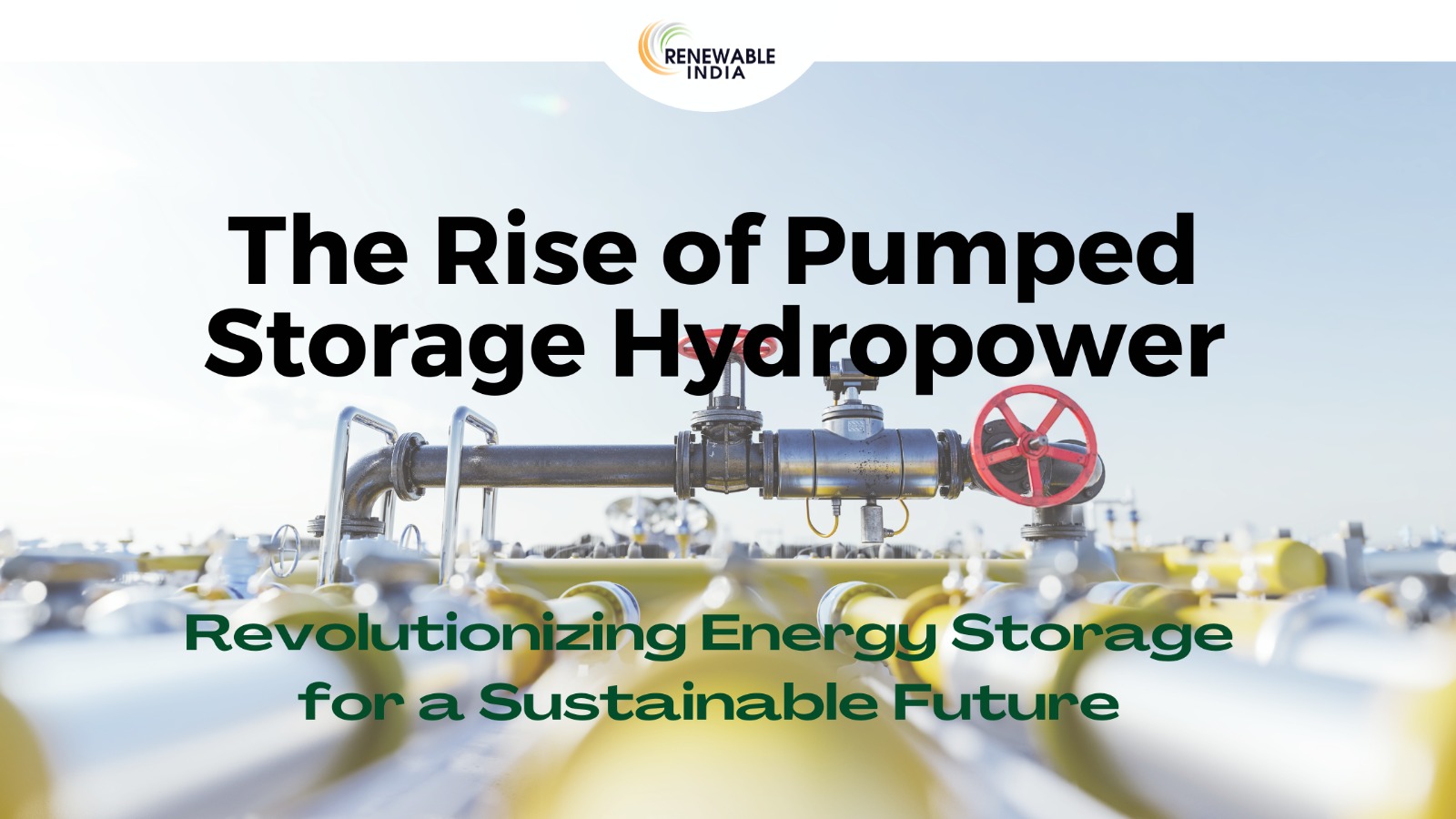
Pumped storage hydropower (PSH) is hydroelectric energy storage. It is a structure of two water reservoirs at different heights that can generate power as water moves from one to the other, passing through a transformer. The system also requires power by pumping water back to the upper reservoir. The PSH acts as a giant battery because it can store energy and release it when required.
Renewable sources, such as wind and solar, are intermittent, which poses challenges for grid operators. PSH acts as a connection, storing excess energy during spare and releasing it when needed. This maximizes the use of renewable energy, promoting a cleaner and more sustainable energy mix.
India is growing faster considering innovations, with compelling progress in hydropower storage. Several innovative projects are ongoing, Following the nation’s commitment to innovation and sustainable energy.
At present, 42 hydropower projects with an aggregate capacity of 18034 MW are under construction and 30 hydropower projects with an aggregate capacity of 21810 MW have received concurrence from the Central Electricity Authority (CEA) which can be taken up for construction. Source: https://www.energyportal.in/hydro/under-construction-hydro-projects-above-25-mw-in-india
Variable speed drive technology provides a full variable speed range that can be ideal for the best performance and most economical mode of pumping water to the upper tank – in economic mode – or releasing water to a lower tank for power generation.
Innovative methods of PHS operations are evolving to provide greater flexibility, enhance efficiency in the power sector, and integrate larger shares of VRE (variable renewable energy) in power systems. Source: https://www.cyient.com/whitepaper/role-of-digitization-in-hydropower
On April 5, 2020, when people switched off their lights at 9 pm at the request of Prime Minister Narendra Modi in solidarity with the fight against the COVID-19 pandemic, the grid load in West Bengal was expected to fall by 1 GW. While the national grid load was estimated to fall by 12-14 GW, far from the estimate, the power demand from the national grid dropped by 31 GW in 25 minutes. Out of the 31,089 MW of power drop, 17,543 MW of power was adjusted by the installation of hydropower across the country, while the Purulia pumped storage adjusted around 700 MW of power drop by reducing its generation to zero, the installation of hydropower across the country played a vital role in maintaining the grid frequency.
The speed of power generation in India is increasing due to the growth of renewable energy like solar and wind. Looking at the latest technologies growing we can conclude that the advancement in pumped storage hydropower plays an important role in renewable energy. By providing storage it is balancing fluctuations in power generation and is ensuring supply even when solar and wind output is low.
Pumped storage hydropower is becoming more efficient and flexible with the latest technologies like variable speed pump storage, control systems, and digitization. With these new innovative and accelerating technologies India will unlock renewable energy potential, an ecological, environment-friendly future.
Leave a Reply